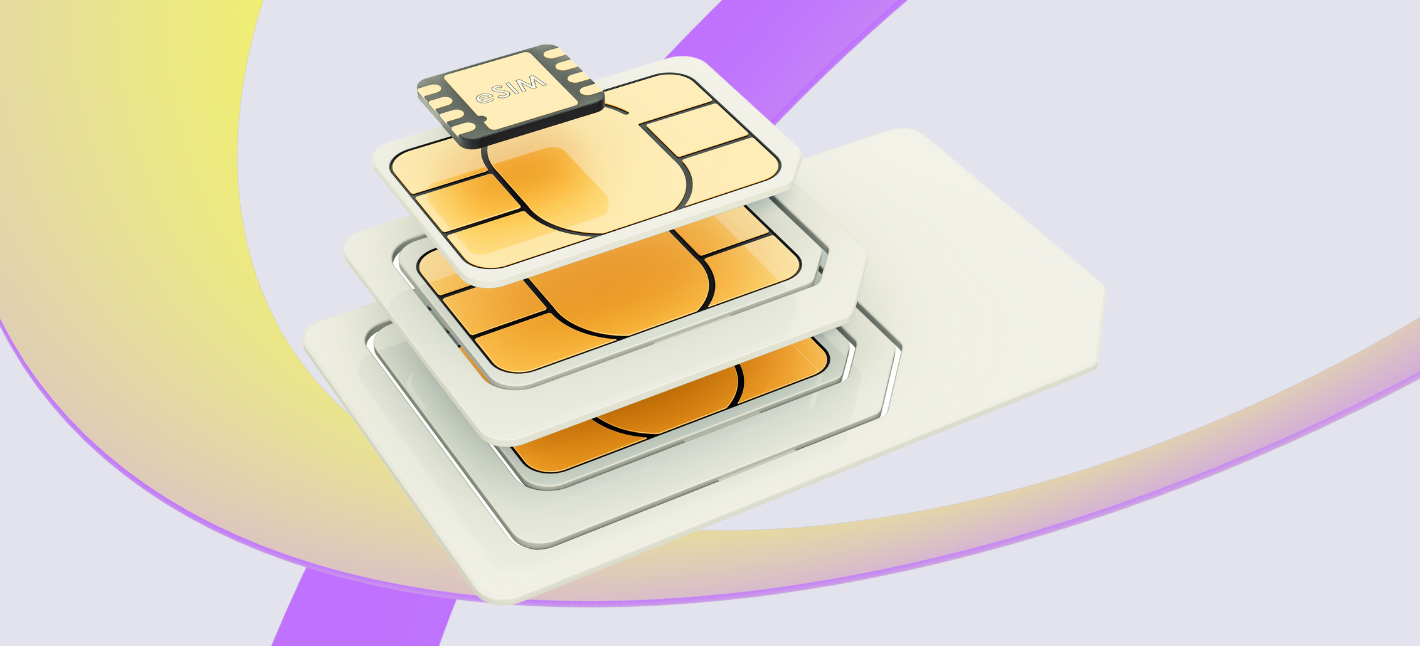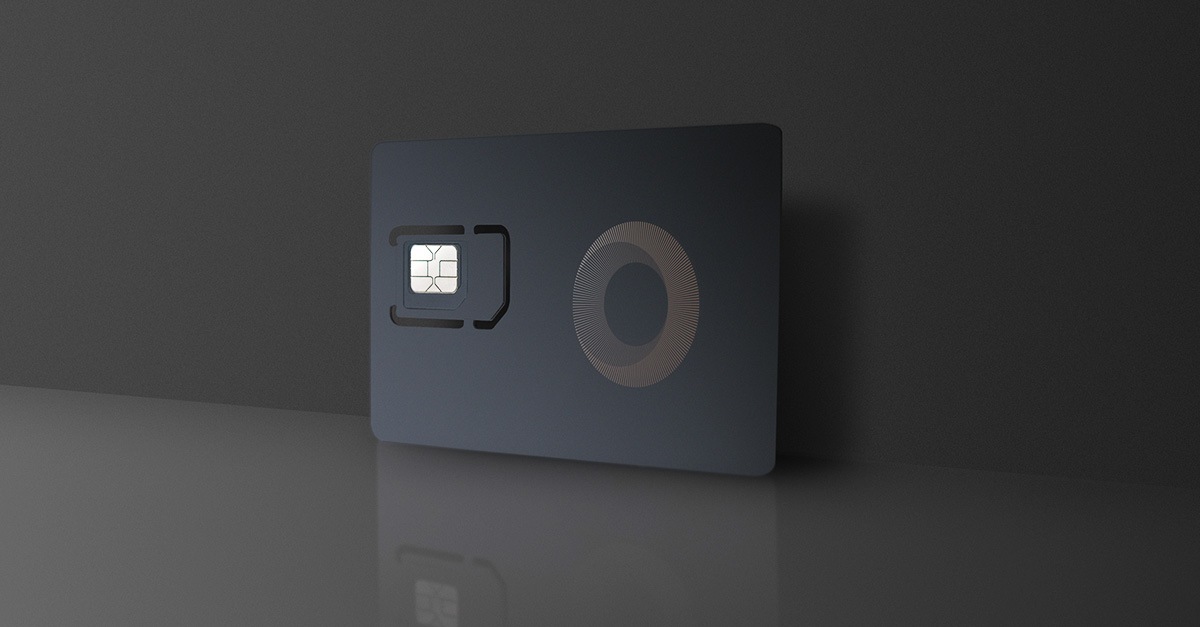Managed IoT Connectivity Managed Platform for IoT Connectivity
Wearable devices have increasingly gained recognition, because of their functionality to supply health tracking, health monitoring, and real-time knowledge accessibility. These devices vary from fitness trackers to smartwatches, each requiring a strong connectivity option to speak with other gadgets and cloud providers. The versatility of IoT connectivity choices performs a crucial position in the efficiency of these wearables.
Bluetooth is commonly one of the high decisions in IoT connectivity for wearable gadgets. It offers a low-energy resolution that permits seamless information transfer between the wearable and different units such as smartphones and tablets. This short-range communication method is appropriate for many functions, allowing customers to obtain notifications, synchronize data, and management other related devices effortlessly.
Wi-Fi is another formidable participant in the IoT connectivity area. Unlike Bluetooth, Wi-Fi permits for a broader range of knowledge change, making it perfect for gadgets that require a constant and reliable web connection. Wearables utilizing Wi-Fi can provide fast access to cloud providers, enabling customers to retrieve health metrics and information without the necessity for a smartphone to act as a middleman.
Cellular connections have revolutionized the way wearables operate, bringing them nearer to standalone devices. With the arrival of LTE and upcoming 5G technology, wearables can operate independently from smartphones. This connectivity option permits for real-time communication, navigation, and information analysis, making it best for users who wish to go away their phones behind and nonetheless get pleasure from full functionality.
Aws IoT Connectivity Subscriptions for IoT Connectivity SoC

NFC, or Near Field Communication, is another important connectivity choice for wearables. This know-how is especially used for transactions, enabling customers to make payments easily just by tapping their wearable gadgets at a point-of-sale terminal. NFC supplies quick and safe transactions, which is advantageous for customers who prioritize convenience and efficiency.
LPWAN (Low-Power Wide-Area Network) protocols like LoRa and Sigfox are gaining traction for specific wearable functions, significantly in asset monitoring and environmental monitoring - IoT Connectivity Security. These technologies supply low-power consumption and exceptional vary, making them suitable for related devices that won't require frequent knowledge transmission. Such features make them optimal for wearables utilized in industries such as agriculture or logistics.
Zigbee and Z-Wave are protocols primarily used for house automation however have potential applications in wearable know-how as nicely. They permit for mesh networking, enabling units to communicate over bigger distances by passing indicators between one another. Using these technologies in wearables can improve smart home interactions, allowing customers to control various family gadgets seamlessly.
IoT Connectivity Managementplatform Essential Information on IoT Connectivity
Mesh networking stands out as a novel IoT connectivity option that permits units to communicate independently. Unlike traditional point-to-point connections, mesh networks enable each wearable to behave as each a receiver and transmitter. This configuration can lengthen the vary of connectivity and improve communication reliability, especially in settings the place conventional alerts might wrestle.
Wi-Fi Direct allows devices to attach immediately to each other without the necessity for an middleman network. This choice is favored for its simplicity and velocity, particularly for wearables that must switch massive amounts of data shortly. Wi-Fi Direct can facilitate instantaneous file transfers, syncing music playlists, or sharing fitness information between gadgets while not having an web connection.
M2M IoT Connectivity Growth of Usable IoT Satellites
The alternative of IoT connectivity option significantly impacts the person experience. For instance, wearables that rely solely on Bluetooth could face limitations in vary and data pace. On the other hand, those who utilize cellular connections can present a more sturdy answer however might incur additional prices for data plans. The best choice largely is decided by the intended use click resources and the options that manufacturers wish to emphasize.

Security stays a big consideration when deciding on connectivity choices for wearable gadgets. As wearables collect delicate health information, sturdy encryption protocols are essential to protect user information. Technologies that include end-to-end encryption and robust person authentication measures are most popular so as to safeguard private knowledge towards cyber threats.
Interoperability among totally different devices also shapes the panorama of IoT connectivity. Wearables want to speak not solely with smartphones but with various smart home gadgets, healthcare techniques, and health platforms. Choosing open standards for connectivity options facilitates this interoperability and enhances user experience, permitting seamless transitions between totally different technologies.
Internet Connectivity Principles In IoT Enhancing IoT Connectivity Solutions
As the Internet of Things continues to evolve, builders seek innovative ways to boost the functionality of wearables. Future trends point out a potential shift toward decentralized networks, powered by blockchain expertise. Such frameworks might allow safer and transparent information sharing among wearable gadgets, elevating trust within the information exchanged.
Incorporating synthetic intelligence (AI) and machine studying into wearable units can further remodel IoT connectivity. These technologies can analyze usage patterns and information in real-time, optimizing connectivity options and even predicting person needs. By intelligently adjusting the mode of connectivity primarily based on situational requirements, wearables can turn into more and more efficient and user-friendly.
Wearables additionally stand to benefit from developments in edge computing. By processing data nearer to the supply quite than counting on distant cloud servers, wearables can operate with decrease latency and better responsiveness. This shift permits for immediate knowledge analysis, crucial for time-sensitive functions like health monitoring and fitness monitoring.
IoT Connectivity Plan Ultimate Guide to Cellular IoT Networks
Ultimately, determining one of the best IoT connectivity choices for wearable devices includes a cautious analysis of user needs, software necessities, and cost-effectiveness. As technology continues to advance, the chances for wearables will broaden, offering even more tailor-made options.

Selecting the right connectivity option not solely enhances a tool's functionality but also impacts user satisfaction and engagement. As shoppers increasingly embrace wearable technology, producers must prioritize connectivity choices that may sustain with evolving demands.
Resilient IoT Connectivity Guide to Cellular IoT Options
Innovation in this field is also led by user suggestions. As more people interact with wearables, their preferences and experiences can information developers in refining connectivity choices. Understanding the consumer journey is essential for enhancing devices and guaranteeing my sources they meet modern life-style needs.
In conclusion, the future of IoT connectivity choices for wearable units is promising and diverse. With quite a lot of protocols out there, from Bluetooth to cellular and beyond, producers have the flexibility to innovate and cater to particular person needs. By specializing in security, interoperability, and consumer feedback, the wearable tech landscape will undoubtedly proceed to flourish, offering customers experiences that blend comfort with cutting-edge technology.

- Wi-Fi supplies high-speed web access for wearables, enabling seamless knowledge transfer and updates when in range of hotspots.
- Bluetooth Low Energy (BLE) minimizes power consumption, making it best for connecting wearable devices to smartphones while maximizing battery life.
- Cellular connectivity offers the advantage of wide-area coverage, allowing wearables to operate independently with out the necessity for close by units.
- Near Field Communication (NFC) enables quick pairing and safe transactions, enhancing person expertise in purposes like cellular payments on wearables.
- Zigbee is suitable for smart home integration, permitting wearable units to communicate effortlessly with other smart devices in a decrease energy spectrum.
- LoRaWAN supports long-range communication, making it practical for wearables used in agriculture or wildlife monitoring, the place conventional alerts may falter.
- Sigfox is thought for ultra-narrowband expertise, optimizing battery life for wearables that solely need to send small information packets intermittently.
- Thread combines the advantages of low power consumption and reliable mesh networking, encouraging communication between a number of wearable gadgets in a close-knit environment.
- Mesh networks allow devices to relay information amongst themselves, making certain consistent connectivity and increasing coverage without important energy loss.
- Satellite communication provides wearables a lifeline in distant areas, making certain they continue to be linked even in environments lacking cellular or Wi-Fi networks.
What are the commonest IoT connectivity options for wearable devices?undefinedThe most common IoT connectivity options embody Bluetooth, Wi-Fi, NB-IoT, LoRaWAN, and cellular networks. Each provides different vary, power consumption, and data switch rates, catering to numerous software requirements.
How does Bluetooth evaluate to cellular options for wearable devices?undefinedBluetooth is good for short-range, low-power purposes, making it appropriate for health trackers and smartwatches that sync data with smartphones. Cellular choices provide broader protection and can assist more data-intensive functions but usually consume extra power.
Managed IoT Connectivity Platform Knowledge Zone for IoT Connectivity
What is the function of Wi-Fi in wearable devices?undefinedWi-Fi enables high-speed knowledge switch, allowing wearables to entry the web directly without having a smartphone. It's helpful for applications that require real-time knowledge streaming, corresponding to video or high-resolution images, but could drain the battery rapidly.
Are there specific use instances the place NB-IoT is most well-liked for wearables?undefinedNB-IoT is well-suited for functions that require long battery life and in depth protection. Use circumstances include health monitoring devices that transmit small amounts of knowledge intermittently, permitting for battery effectivity while making certain dependable connectivity even in distant areas - IoT Cloud Connectivity.
What elements should I consider when selecting a connectivity possibility for wearables?undefinedConsider battery life, information transfer needs, range, and person environment. For occasion, if low power consumption is critical, Bluetooth or NB-IoT may be preferable, whereas excessive knowledge demands favor Wi-Fi or cellular choices.
Connectivity Technologies In IoT Global Managed IoT Connectivity Services
How does security vary amongst completely different IoT connectivity options?undefinedSecurity varies broadly; Bluetooth and Wi-Fi rely on encryption protocols for data transfer, whereas cellular networks normally incorporate robust safety measures at the infrastructure level. It's important to ensure that any chosen connectivity methodology implements robust encryption and information protection measures.
Can wearables use multiple connectivity choices simultaneously?undefinedYes, many modern wearables can make the most of a quantity of connectivity options, like Bluetooth and Wi-Fi, allowing them to modify based on availability and necessities. This ensures better efficiency and flexibility, enhancing user expertise considerably.
What is LoRaWAN and how is it relevant to wearables?undefinedLoRaWAN (Long Range Wide Area Network) is a low-power, long-range communication protocol, making it suitable for wearables requiring rare data transmission over lengthy distances, such as environmental sensors or location trackers in remote areas.
How do I decide the best connectivity possibility for my wearable product?undefinedEvaluate your target market, usage patterns, cost issues, and required options. Testing different connectivity options in real-world eventualities can also present insights into performance and consumer habits, helping you make a more knowledgeable alternative.